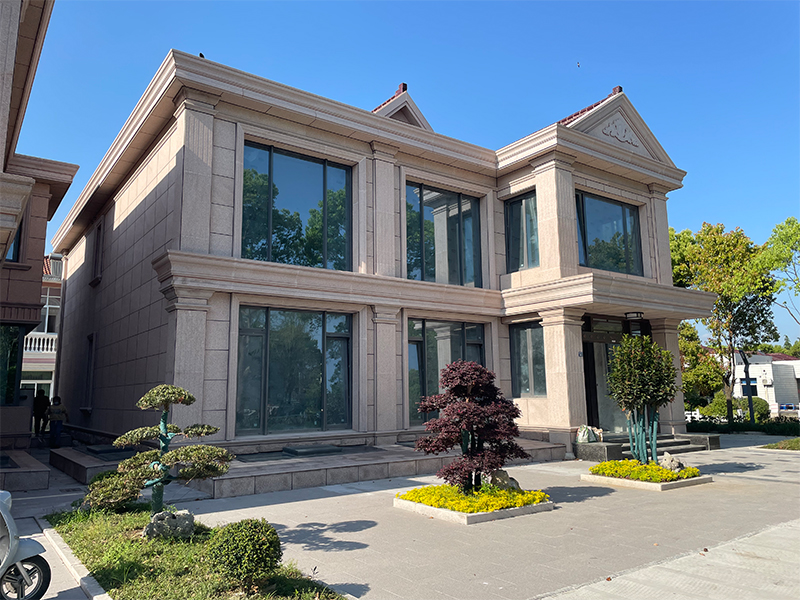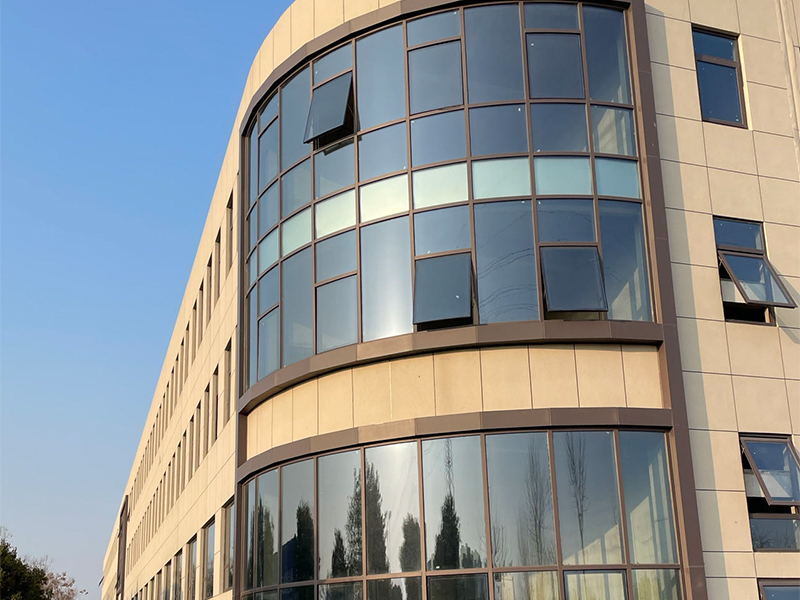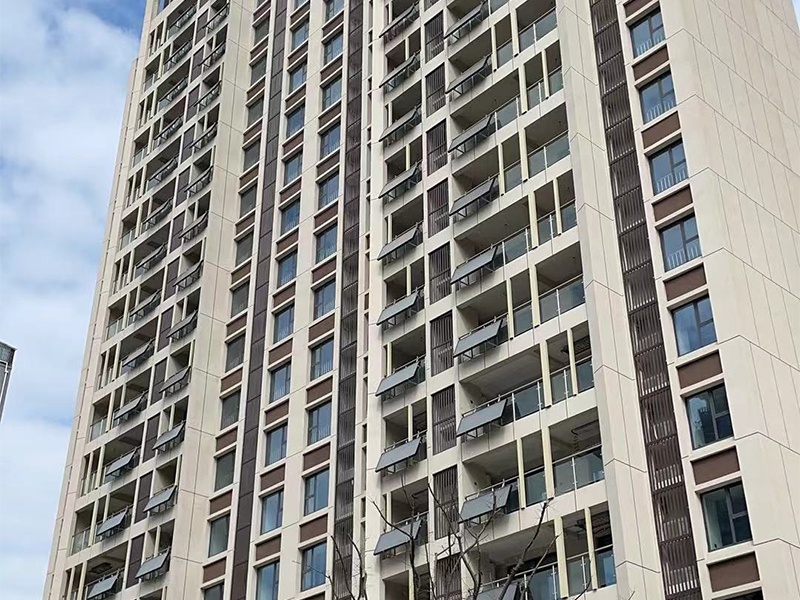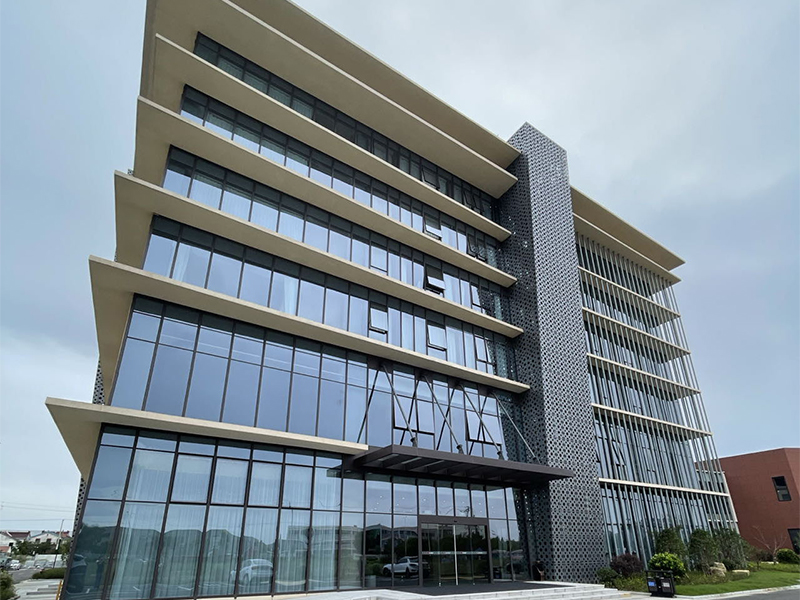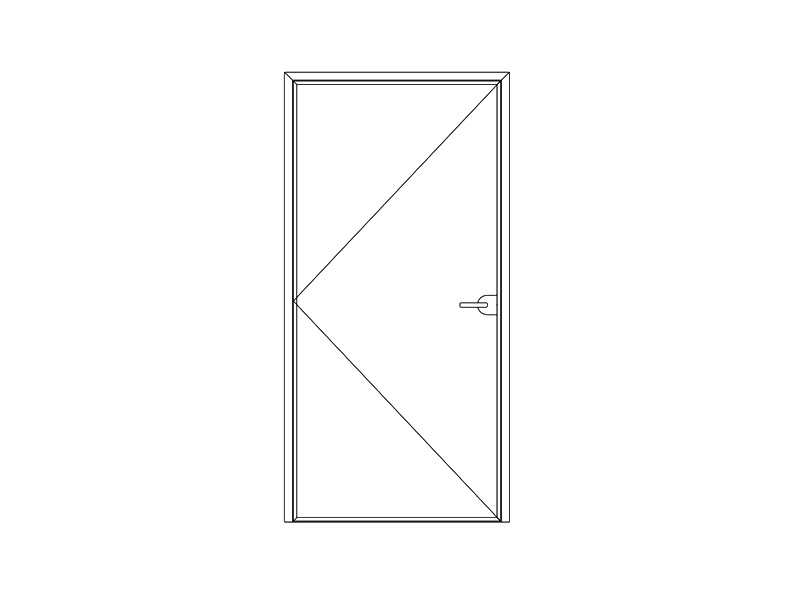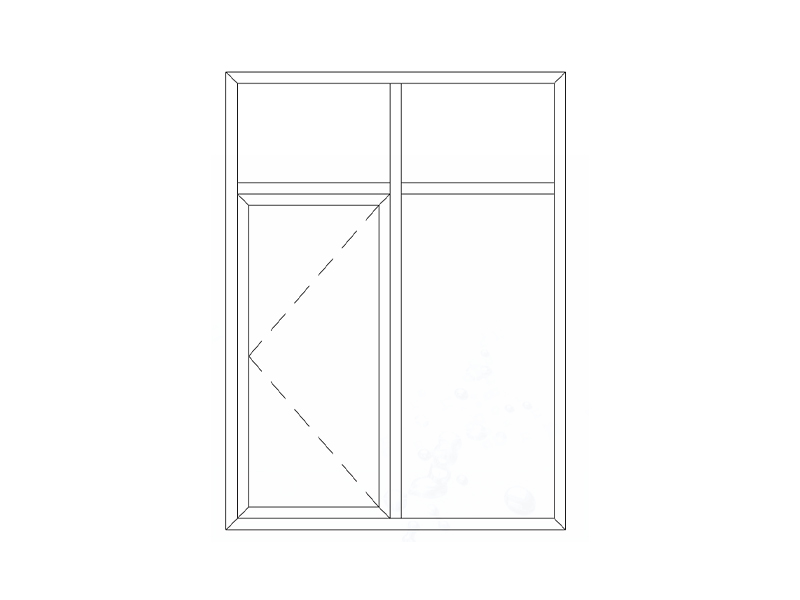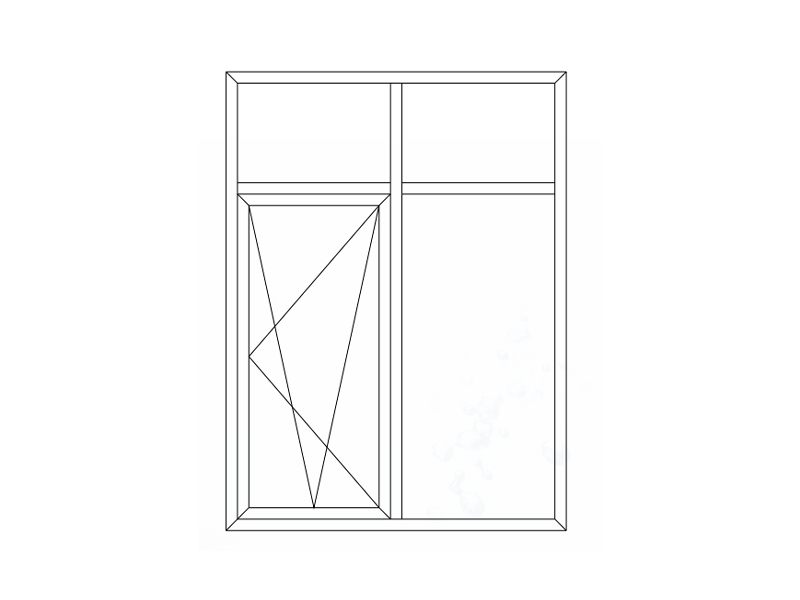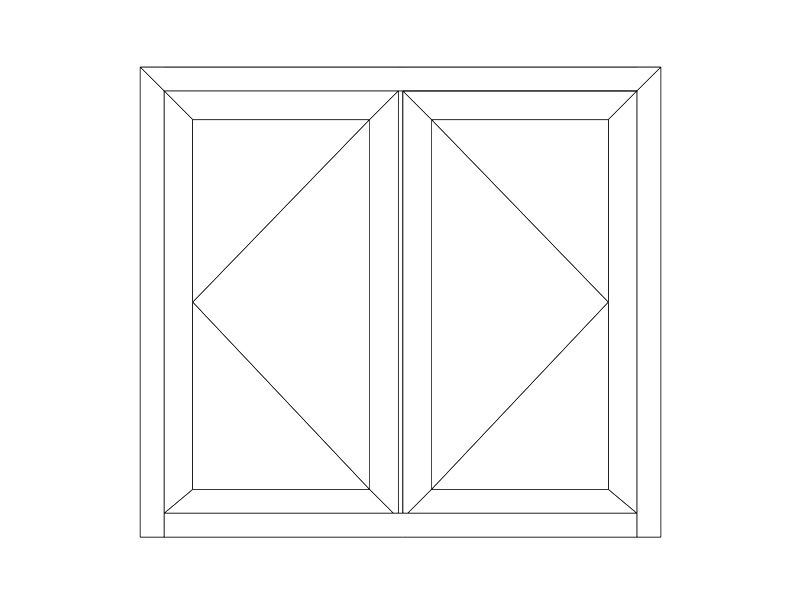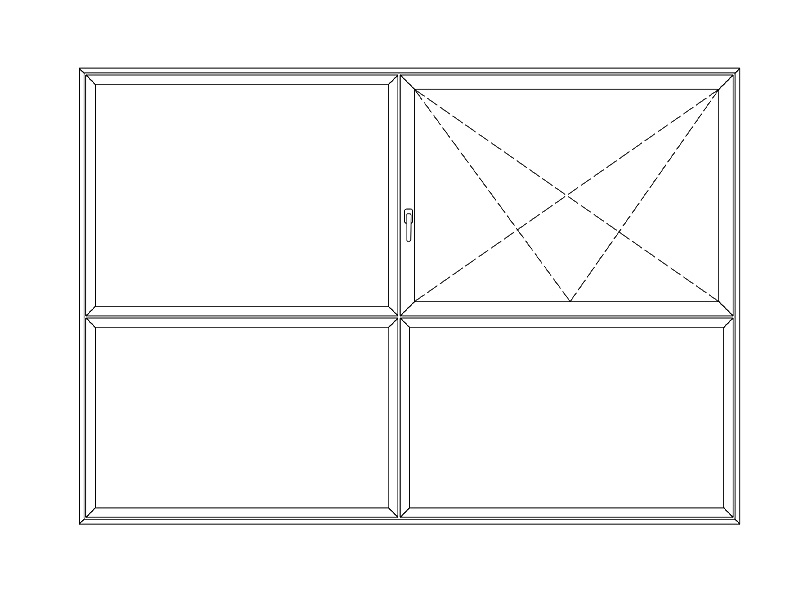Aluminum profiles are a foundational material in countless industries, yet many people don't realize how crucial they are to modern construction, manufacturing, and design. Whether it’s the frame of your window, the casing of an electronic device, or part of a machine, aluminum profiles offer the strength, versatility, and light weight that engineers and architects depend on. But what exactly are aluminum profiles, and what makes them so useful?
What Are Aluminum Profiles?
An aluminum profile, also known as an aluminum extrusion, is a piece of aluminum that has been shaped into a specific cross-sectional form by pushing heated aluminum through a mold called a die. This process is known as extrusion. The result is a long bar or frame with a uniform shape throughout its length.
Common shapes include square tubes, round bars, T-slots, L-shapes, and custom profiles. Each shape is designed for specific structural or functional purposes.
Why Use Aluminum?
Aluminum is chosen as the base material for these profiles because it combines a number of unique characteristics:
-
Lightweight: About one-third the weight of steel, aluminum helps reduce the overall weight of products and structures.
-
Corrosion Resistant: Naturally forms a protective oxide layer that resists rust and weathering.
-
Strong: While not as hard as steel, aluminum alloys offer excellent strength-to-weight ratios.
-
Malleable: Easy to machine, cut, and shape into complex designs.
-
Environmentally Friendly: Fully recyclable without losing quality.
Common Types of Aluminum Profiles
-
T-Slot Aluminum Profiles
These are extremely popular in modular framing systems for machinery, workstations, shelving, and more. The T-slot allows for easy assembly and reconfiguration without welding. -
Architectural Aluminum Profiles
Used in doors, windows, curtain walls, and decorative facades. These profiles are often anodized or powder-coated for enhanced appearance and durability. -
Industrial Aluminum Profiles
Found in automation equipment, conveyors, and mechanical parts. Their precision and adaptability make them ideal for factories and workshops. -
Heat Sink Profiles
Designed to dissipate heat from electronic devices. These profiles have multiple thin fins to increase surface area for better heat dissipation.
Applications Across Industries
Aluminum profiles are used across a wide variety of sectors:
-
Construction: Window and door frames, curtain walls, railings, formwork systems.
-
Automotive: Bumpers, crash boxes, structural components.
-
Electronics: Heat sinks, LED housings, device casings.
-
Aerospace: Aircraft frames, interiors, and equipment racks.
-
Furniture: Office partitions, adjustable desks, cabinet frames.
-
Solar Energy: Mounting systems for photovoltaic panels.
Surface Treatments for Durability and Aesthetics
Aluminum profiles can be finished in various ways to improve their appearance and performance:
-
Anodizing: Creates a hard, corrosion-resistant surface that can be colored.
-
Powder Coating: Adds a durable, colorful layer to match design requirements.
-
Brushing or Polishing: Enhances aesthetic appeal, especially in visible applications.
-
Sandblasting: Produces a matte surface finish.
Custom Aluminum Profiles
Manufacturers can design custom dies to produce aluminum profiles for specific needs. Customization includes:
-
Tailored shapes to fit a unique design.
-
Integration of multiple functions into a single profile (like wire channels, screw tracks).
-
Different alloy choices depending on strength, ductility, or corrosion resistance.
Advantages Over Other Materials
Compared to steel, wood, or plastic, aluminum profiles offer:
-
No rust (unlike steel).
-
Longer lifespan (compared to wood in outdoor settings).
-
Stronger and more temperature-resistant than most plastics.
-
More environmentally sustainable, due to its recyclability.
Conclusion: The Backbone of Modern Engineering
Aluminum profiles are everywhere—though often unnoticed. They play a critical role in simplifying construction, reducing manufacturing costs, and enabling innovation across many industries. Whether you're an engineer, architect, or hobbyist, understanding aluminum profiles can open doors to countless design and structural possibilities.
If you're looking for a material that is lightweight, versatile, and long-lasting, aluminum profiles may be your best solution.

